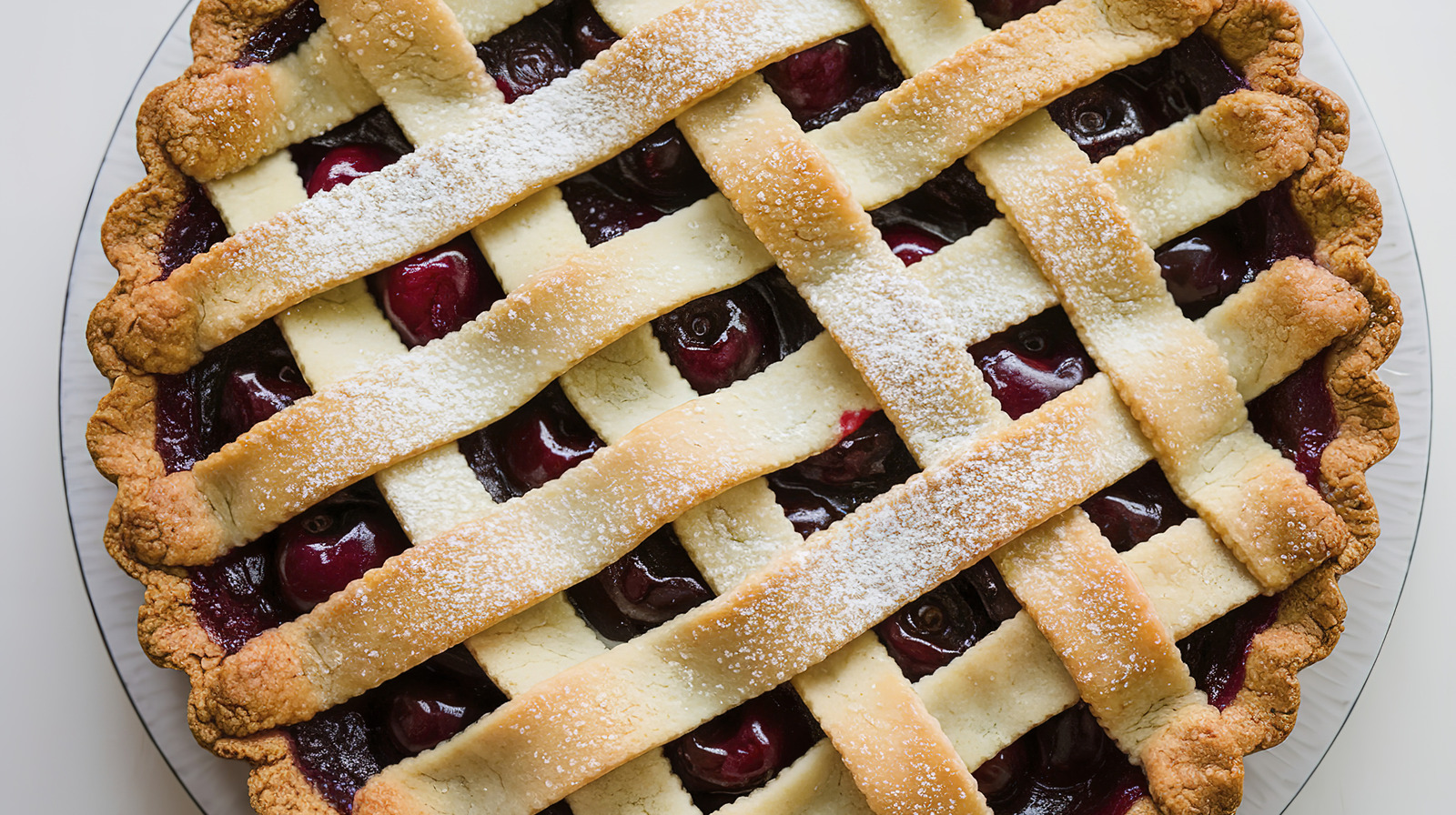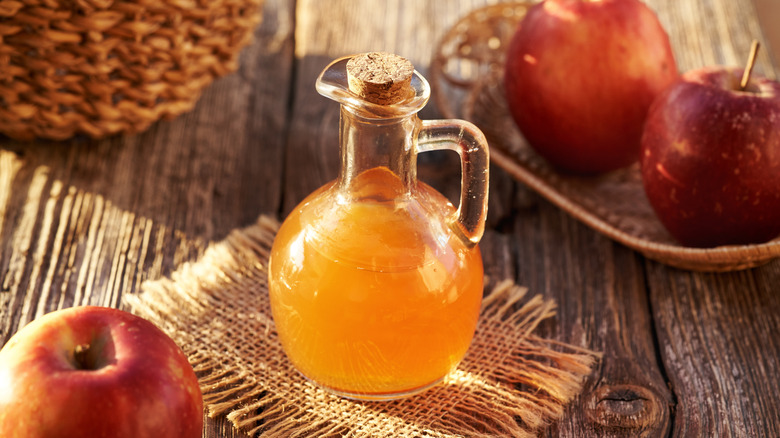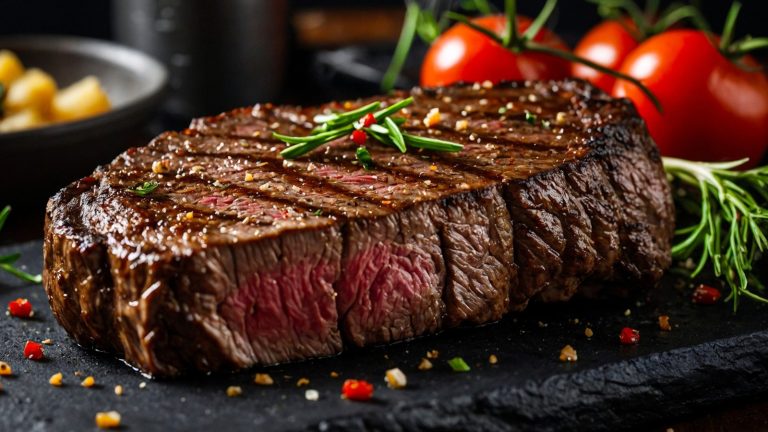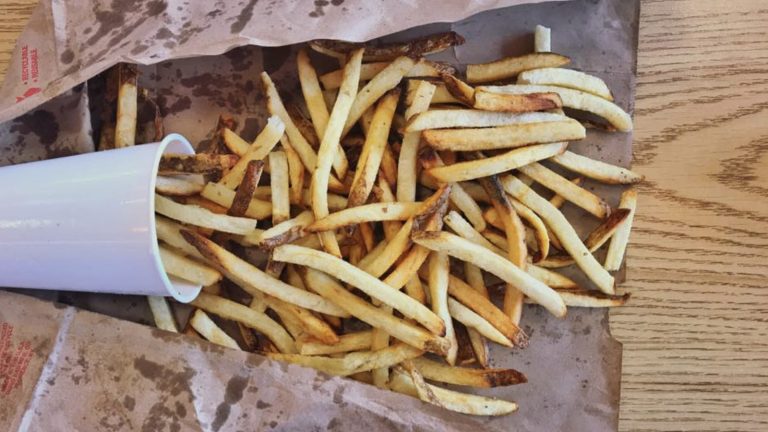Pie crust is finicky and can go wrong in so many ways. Even if you put a beautiful, perfectly crimped pie into the oven it can come out tough, shrunken, or crumbly depending on what mistake you made putting it together. Bakers use all kinds of tricks to make sure their pies come out perfect, like selecting flour with the right amount of protein or adding a shot of vodka for extra flaky pie crust. But there’s another baking hack for perfect pie crust that’s probably sitting in your pantry. It’s the kitchen’s famous jack-of-all-trades, an ingredient that can do everything from cleaning the floors to amping up store-bought BBQ sauce: vinegar.
When you add vinegar to pie crust, you get a chemical reaction that creates a flaky, tender crust. To understand how this reaction works, we turned to Kantha Shelke, PhD, CFS (Certified Food Scientist). The senior lecturer of Food Safety Regulations at Johns Hopkins University and principal of food science and research firm Corvus Blue LLC explained that vinegar works so well with pie dough because of how it interacts with gluten. “Adding vinegar to pie dough can enhance texture and tenderness by interfering with gluten formation. Its acidity lowers the pH, gently altering flour proteins to make them more pliable and less likely to form a tough structure — resulting in a flakier, more tender crust,” she says.
How to use vinegar in pie baking for flaky, tender crusts
Vinegar is a game-changer when you’re making pie dough, and all it takes is a splash to make a huge difference — just about a tablespoon mixed in the cold water. It creates tiny air pockets in the dough by breaking down gluten strands, creating that flaky texture and a browned crust. Not only does it improve the texture of your dough, but it helps keep the color even and the dough fresh-looking. It also prevents the dough from becoming soggy after you’ve filled the pie by stopping the breakdown of starches, so you’ll get a crunchier crust.
Bakers commonly use apple cider vinegar and white vinegar for flakier pie crusts, and those are also what kinds of vinegar Kantha Shelke suggests. The type of vinegar you choose matters as stronger-flavored vinegar will give the crust a slight tangy taste. Apple cider vinegar and white vinegar are light enough they won’t leave much of a flavor, if any. “The vinegar’s acidity inhibits gluten development, leading to a more tender and flaky crust and the choice of vinegar ensures there will be no vinegary taste in the final pie,” Shelke says.






